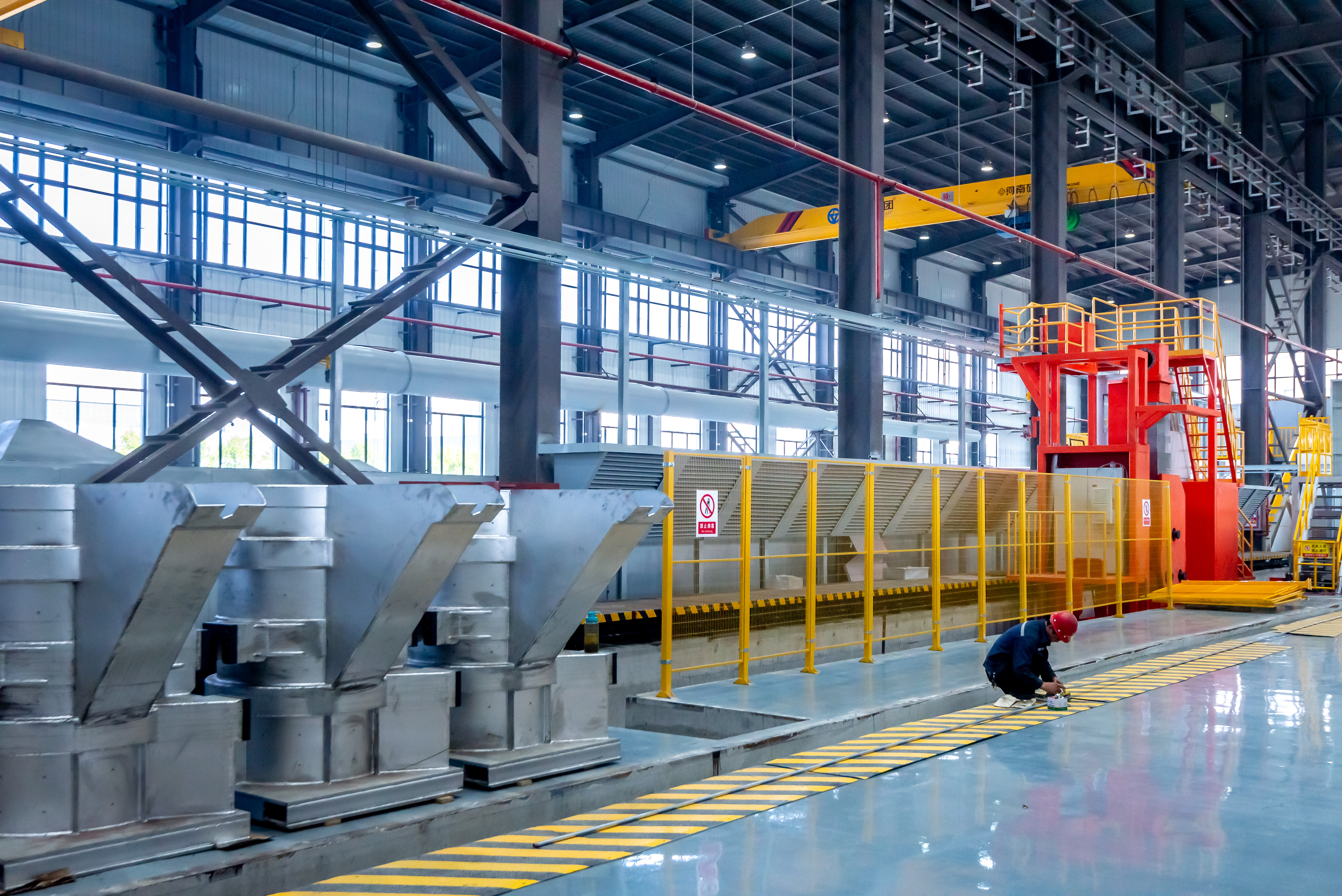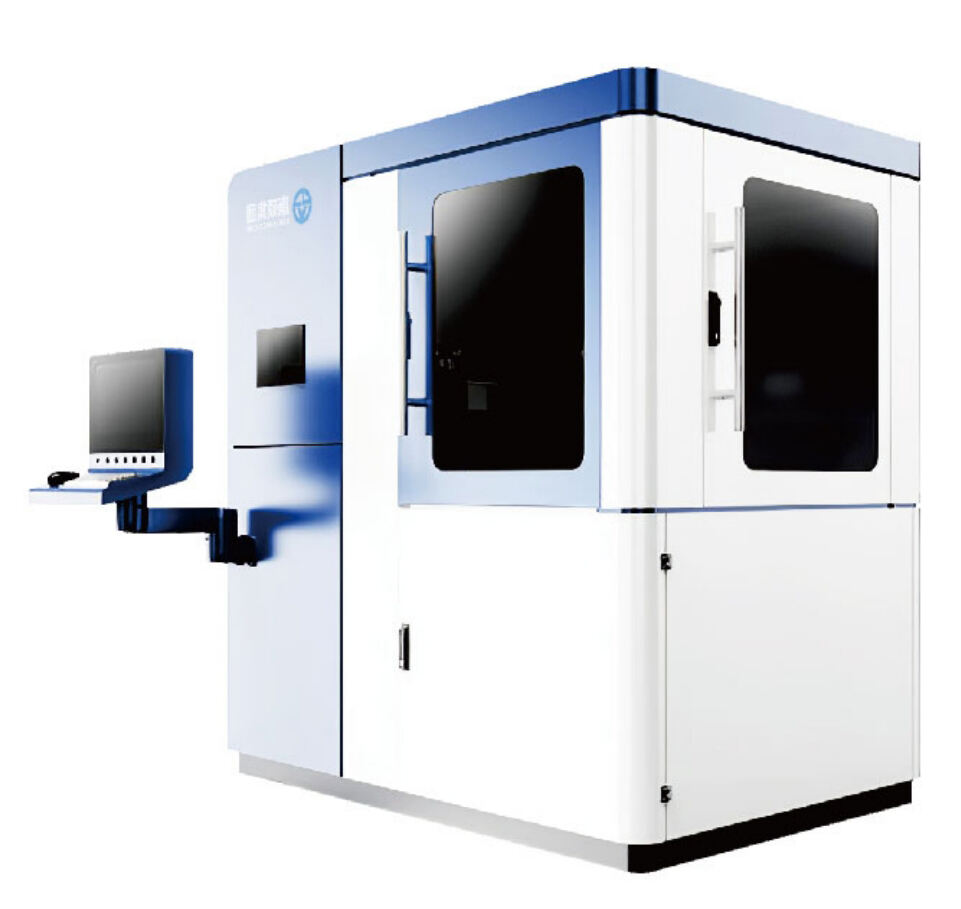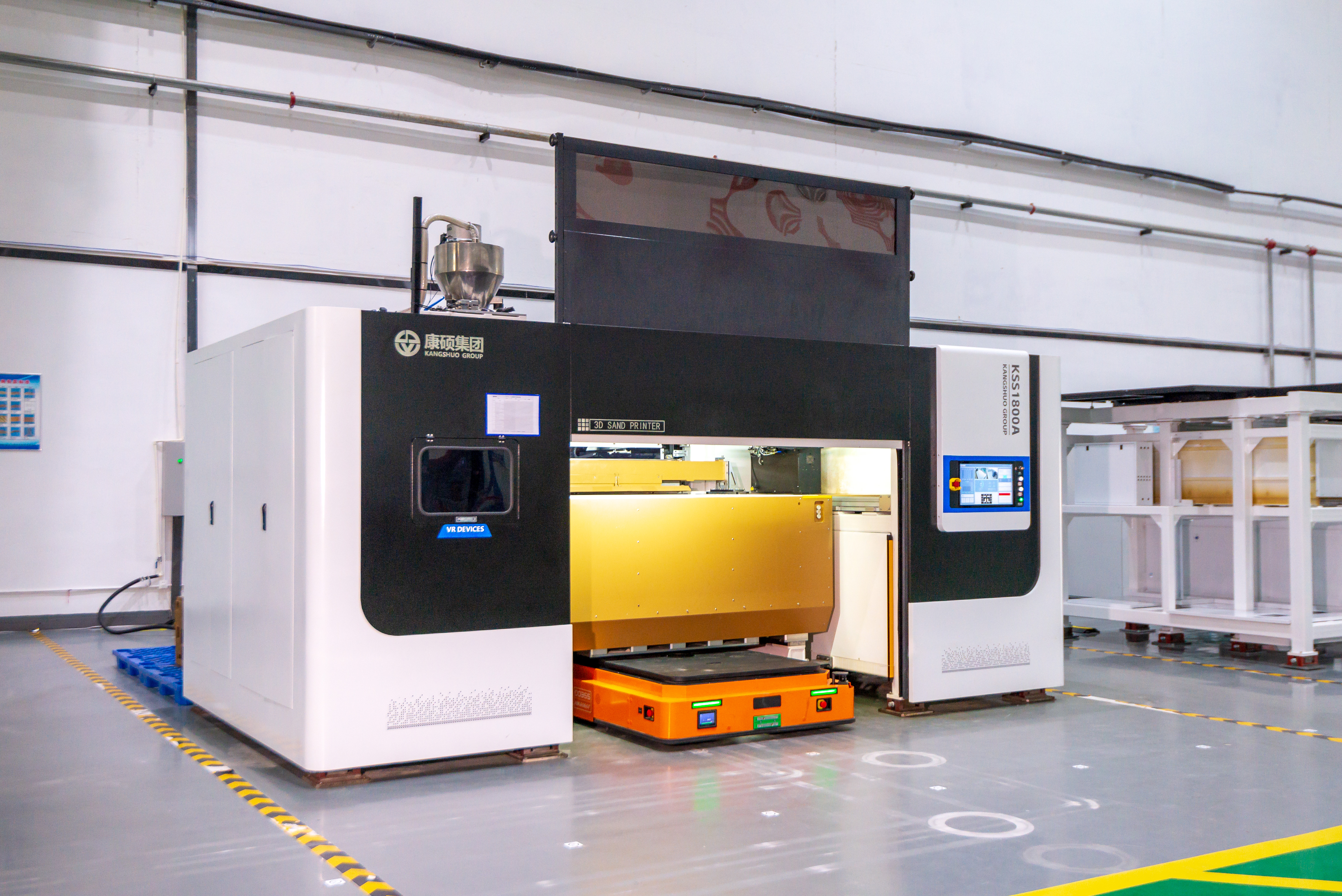sand casting iron
Sand casting iron is a versatile and time-tested manufacturing process that has been fundamental to metalworking for centuries. This method involves creating metal parts by pouring molten iron into sand molds, which are formed by compacting special casting sand around a pattern. The process begins with the creation of a pattern, typically made from wood, metal, or plastic, which is used to form the cavity in the sand mold. The mold is created using a specific type of sand mixture that contains clay and other additives to maintain its shape. Once the mold is prepared, molten iron is poured into the cavity and allowed to solidify. After cooling, the sand mold is broken away to reveal the cast iron part. This process is particularly valued for its ability to produce complex geometries and internal cavities that would be difficult or impossible to achieve through other manufacturing methods. Sand casting iron offers excellent versatility in terms of part size, ranging from small components weighing a few ounces to massive industrial parts weighing several tons. The process is widely used in manufacturing engine blocks, machine bases, valve bodies, pump housings, and architectural components.


